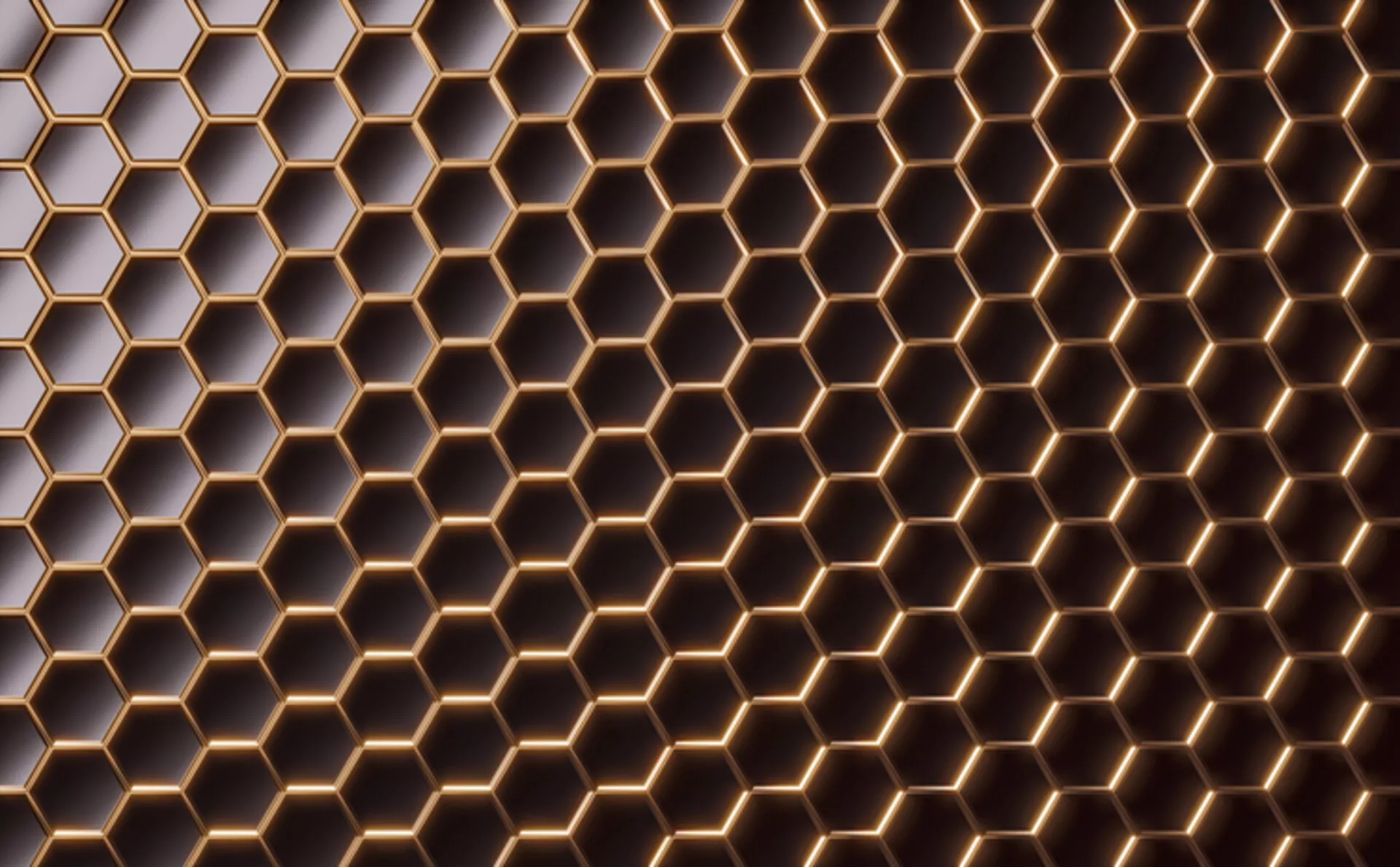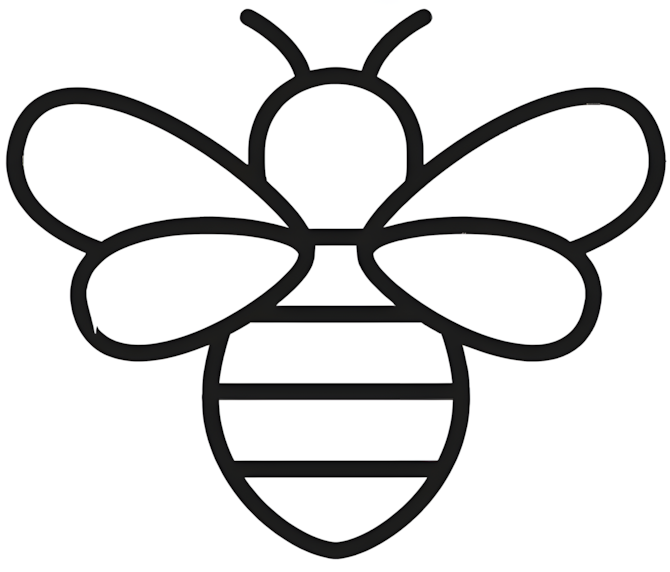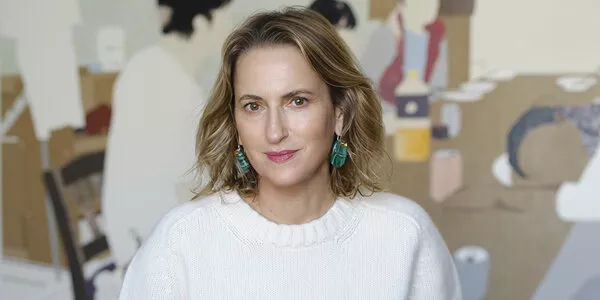
Connected hives
Bees play an essential role in our ecosystem since they are responsible for the pollination of 75% of fruit and vegetable crops and 85% of wild flowers1.
Yet today, their survival, and consequently the resilience of the entire food chain, is increasingly threatened. Across Europe, the collapse of bee colonies since the end of the 1990s, which has especially impacted mortality rates of domestic bees, has been largely due to climate change.
In order to save these guardians of biodiversity, researchers and companies are now using artificial intelligence, to collect, store and analyse data on bees and thus better understand the dangers that threaten hives.

The initiatives
The Picardy start-up Hostabee installs internet connected boxes inside hives to monitor the life cycle of bees in real time. Information such as humidity and temperature is recorded, compared and then transmitted to bee-keepers via an app. This data allows them to monitor the health of their hives and to anticipate issues within the colonies. In the “smart hive” model designed by the Israeli company Beewise, AI communicates with a robot that can, in the event of illness for example, treat the bees by dosing the hive with a few drops of an appropriate medicine.2
Thanks to AI, connected hives are becoming true barometers of biodiversity. In fact, foraging bees from a typical colony eff ectively sample their environment 15,000 times every day3. The Toulouse start-up BeeGuard collects the resulting data and makes it available to farmers, businesses and regional stakeholders. With the help of AI, the tool is capable of processing more than 15 images per second. The Belgian company BeeOdiversity, for its part, analyses the pollen collected by bees in order to determine the level of pollution in the zone surrounding the hive. This parameter is of particular interest to scientists from INRAE and the University of Mexico. By recording the number of flights the bees make and the time they spend outside the hive, they are able to determine whether they have been exposed to pesticides to a 99% accuracy level.
If field tests are conclusive, this innovation would represent a major advance in environmental monitoring.
By Élodie Epaillard, journalist.
1 and 3. https://www.radiofrance.fr/franceculture/podcasts/demain-l-eco/beeguard-des-ruches-connectees-comme-barometre-de-biodiversite-5442196
2. https://www.lavie.fr/actualite/ecologie/la-high-tech-israelienne-au-secours-des-avoine-88836.php
4 and 5. https://www.wipo.int/wipo_magazine/fr/2021/04/article_0004.html#:~:text=Saar%20Safra%2C%20PDG%20de%20la,by%20computer%20and%20la%20robotics
© The Noun Project Picto






